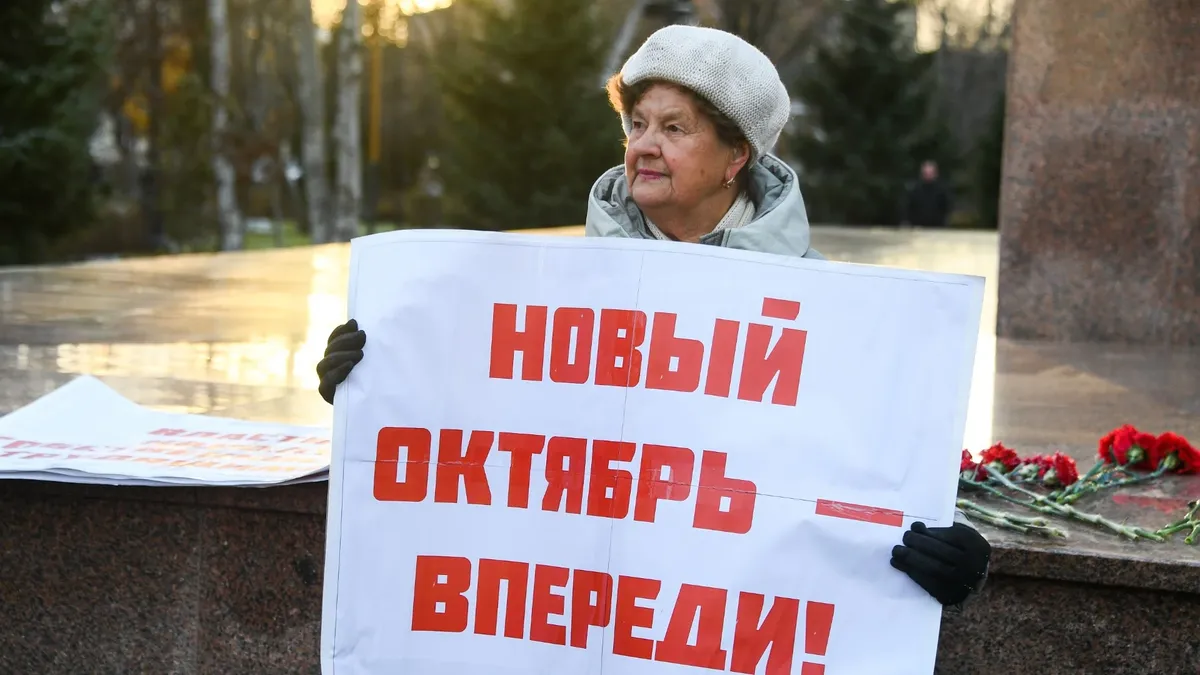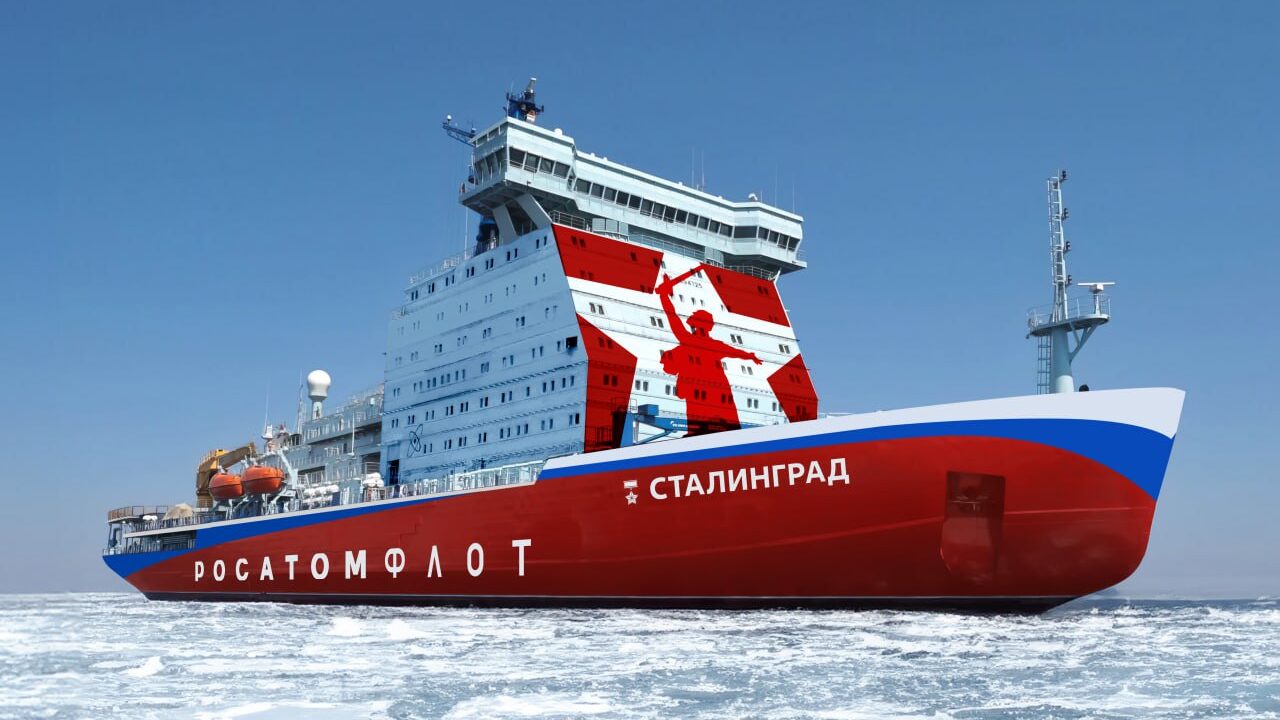UNCERTAINTY ON EVE OF NATO HANDOVER IN SOUTHERN AFGHANISTAN
UNCERTAINTY ON EVE OF NATO HANDOVER IN SOUTHERN AFGHANISTAN
This week coalition forces in Afghanistan announced the end of the 45-day “Operation Mountain Thrust,” which killed more than 600 Taliban fighters. The operation took place in the volatile region of southern Afghanistan and included more than 10,000 U.S.-led coalition and Afghan forces (VOA, July 25).
The announcement comes at a time when the U.S. military is preparing to hand over command of the coalition forces operating in southern Afghanistan to NATO. The changing of the guard could not take place at a more inopportune time. The war in southern Afghanistan is intensifying, residents are growing more demoralized, and the central government is rapidly losing popular respect, as most people blame President Hamid Karzai for not delivering what he and his international supporters have promised. This situation contributed to the reemergence of the Taliban as a fighting force, along with miscalculation, misbehavior, and misplaced trust. The Taliban may have been demoralized, defeated, and humiliated after their demise in 2001, but they have managed to re-enter the scene more forcefully than ever.
The escalation of hostilities and the increase in the insurgency are said to be due to the free movement of the Taliban and their allies across the border from Pakistan. According to Mohammad Daud, governor of Helmand province, one coalition (i.e., the U.S.-led coalition and Afghan forces) is fighting another coalition consisting of the Taliban and international drug smugglers. It was long suspected that the Taliban are helping the drug trade for financial support as well as to destabilize the Karzai government. According to Daud, “Taking Helmand province as an example, Taliban militants there are using their military forces to convoy international narcotics smugglers, and the latter provides money and many weapons for the Taliban” (Xinhua, July 20).
Helmand, where British soldiers are stationed, is pivotal in the Taliban strategy because of its proximity to Pakistan and the main poppy-producing province in southwestern Afghanistan. Here the Taliban have become so bold that they are able to attack in massive formation, hold some towns, and then retreat when overpowered. They recently took over two towns, Garamsir and Nawa Barakzai, and held them for about two weeks until they were driven out by coalition and Afghan troops. Less than a week later, in another bold move, about 400 Taliban stormed Bakwa district in neighboring Farah province, killing three policemen and injuring two others, according to provincial police chief Brigadier-General Said Aqa Saqib. “The Taliban entered the district in 35 vehicles, armed with rockets and other light and heavy weapons,” according to Saqib (Pajhwok News Agency, July 24).
The border with Pakistan is not sealed. The Taliban can penetrate further south as well, thanks to mistakes made by coalition forces. While searching for suspected Taliban hideouts, the coalition forces move from house to house, often entering homes by force, which is an enormous insult to the families living inside. This offense itself, although for a good cause, is enough to turn locals against the foreign forces. Hamidullah Tarzi, a former government minister, says that in situations like these, the Taliban attract the villagers’ sympathy: “The villagers think they [the Taliban] are guarding their way of life, their honor.” He added, “Now the coalition bursts into their homes day and night. There is dishonor for their women when they are searched. This backfires on the coalition” (Reuters, July 20).
Operational mistakes also are to blame for some of the resentment felt against the coalition forces. On different occasions, there has been “collateral damage” inflicted upon innocent bystanders. In one recent incident, the family of a deputy from Uruzgan province was traveling in a car that was hit by coalition aircraft. Haji Abdul Khaliq Mujahid said his brother-in-law was killed and five others were injured, including his wife and two of his children. He also cites other incidents in which, “About 60 people — including men, women, children, young people, and the elderly — have been martyred,” Mujahid complained. “Up to 40 others were wounded” (RFE/RL, July 13).
The Afghans also raise the issue of misplaced trust. The U.S.-led coalition considers Pakistan to be their main regional ally in the war against terror. That may be so, but according to Afghans, much of the trouble originates in Pakistan. During a recent visit to the European Parliament’s foreign affairs committee in Brussels, Afghan Foreign Minister Rangin Dadfar Spanta appealed for greater international support, citing “intensified insurgent attacks — mainly in the south of the country” — as the main danger. He also made clear that Kabul thinks Pakistan is behind what he described as “terrorists” bent on destroying his country. He said a small number of “arrested insurgents came from Afghanistan itself. The rest are from the Middle East, North Africa, Chechnya, and Uzbekistan, but their majority comes ‘from one neighboring country’.” Mr. Spanta calls the situation in Afghanistan a “symptom,” saying the international community must fight the “sources” outside (RFE/RL, July 11).
Former EU Commissioner Chris Patten put it more bluntly, writing, “Pakistan’s primary export to Afghanistan today is instability.” He said the attacks in Afghanistan “including suicide bombings are often planned and prepared at Taliban training camps across the border” (Wall Street Journal, May 10).
It is no wonder that the NATO Secretary General Jan de Hoop Scheffer talks in unsure terms about the situation in Afghanistan, saying: “I hope, and you hear some doubts in my voice indeed, that the commitment will be as strong and as long-lasting as the Afghan compact that we all agreed in London at the beginning of this year” (AFP, July 24).


